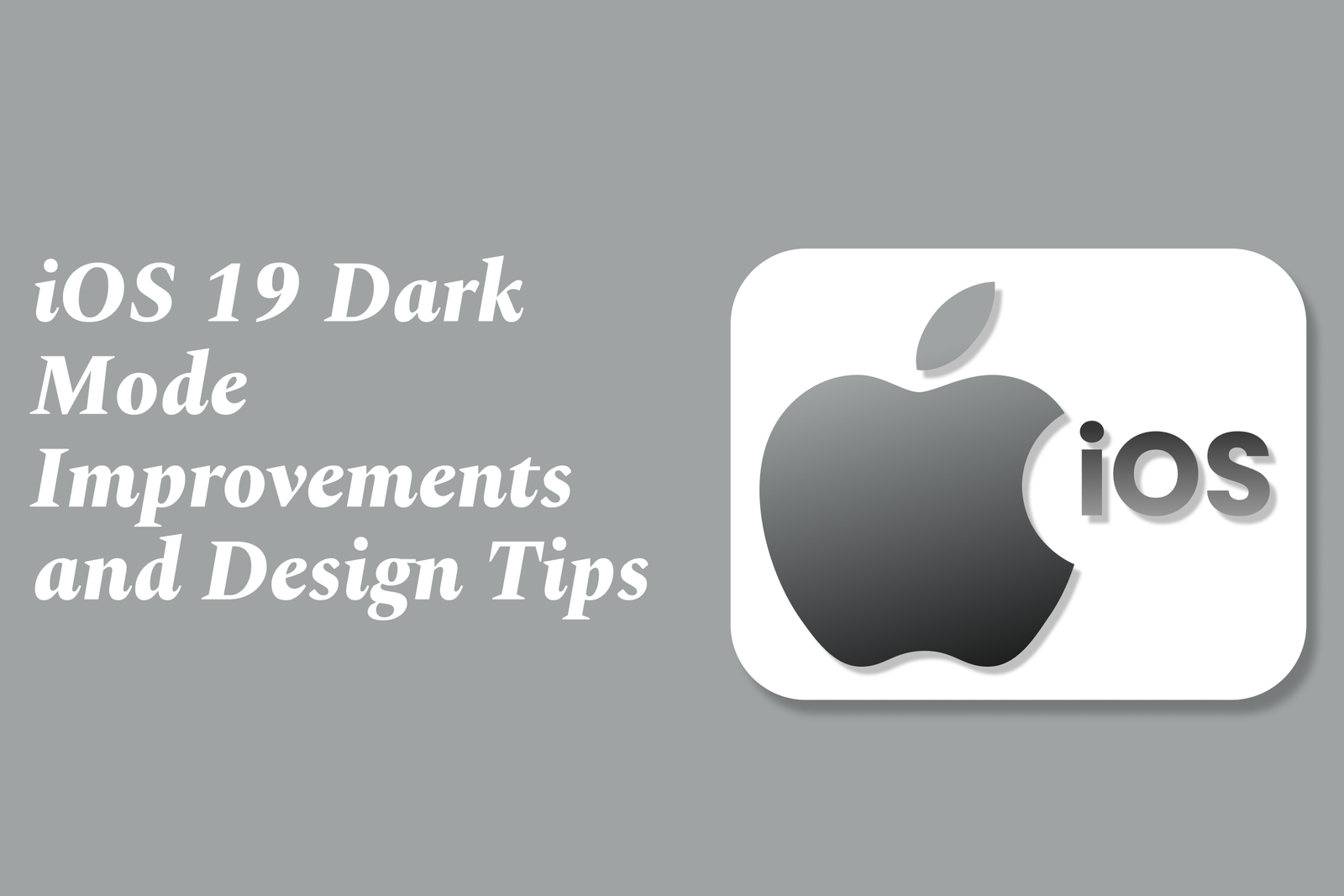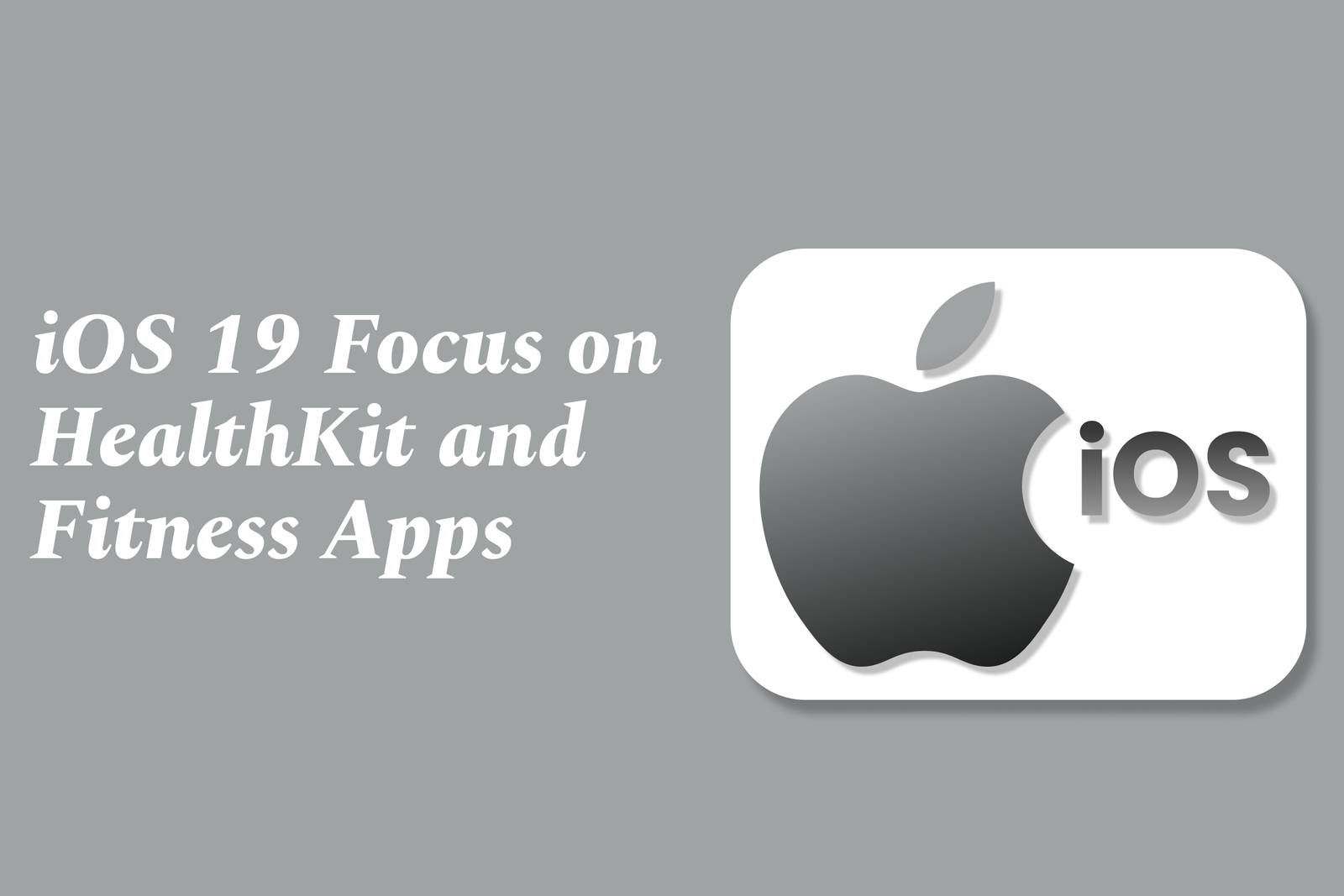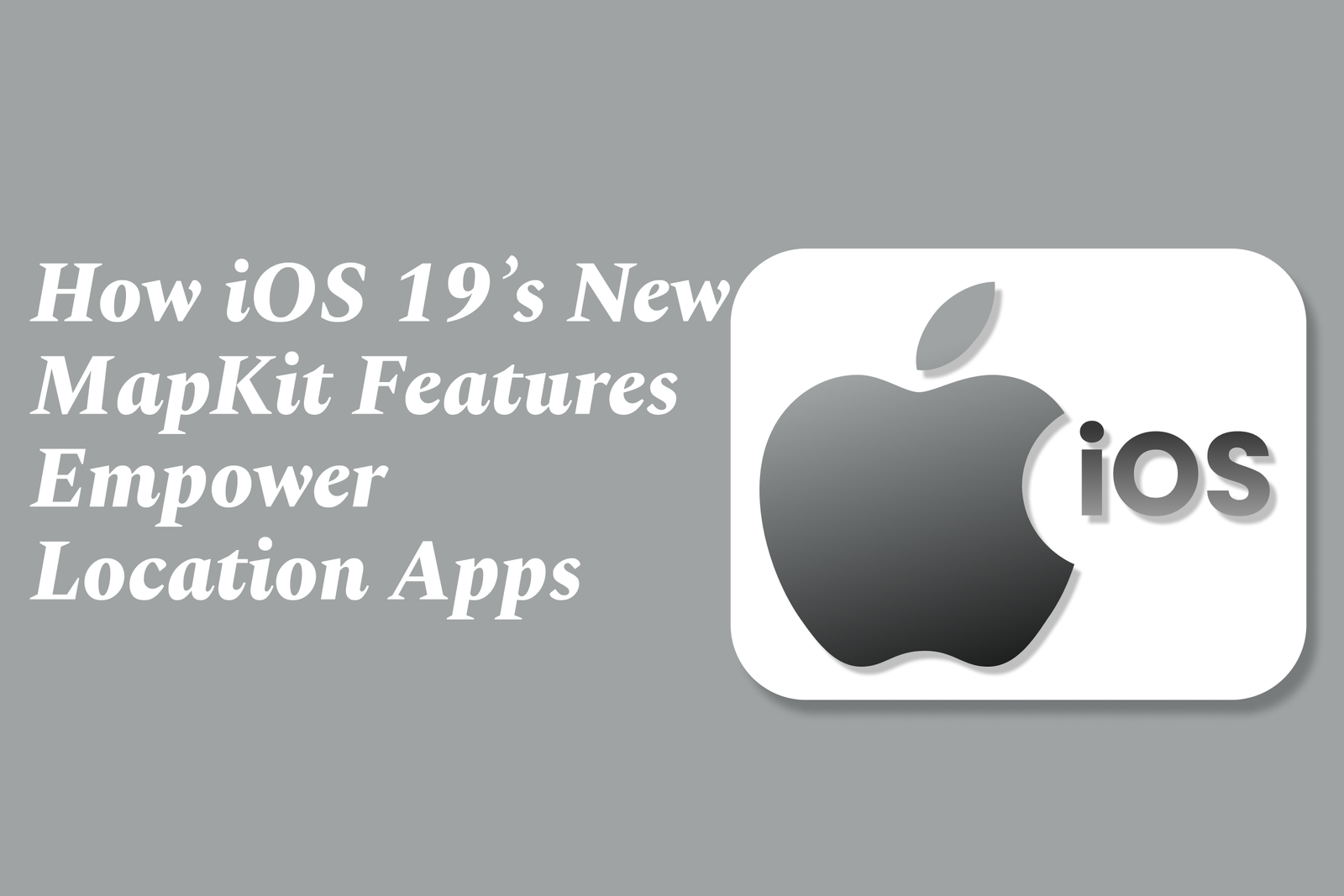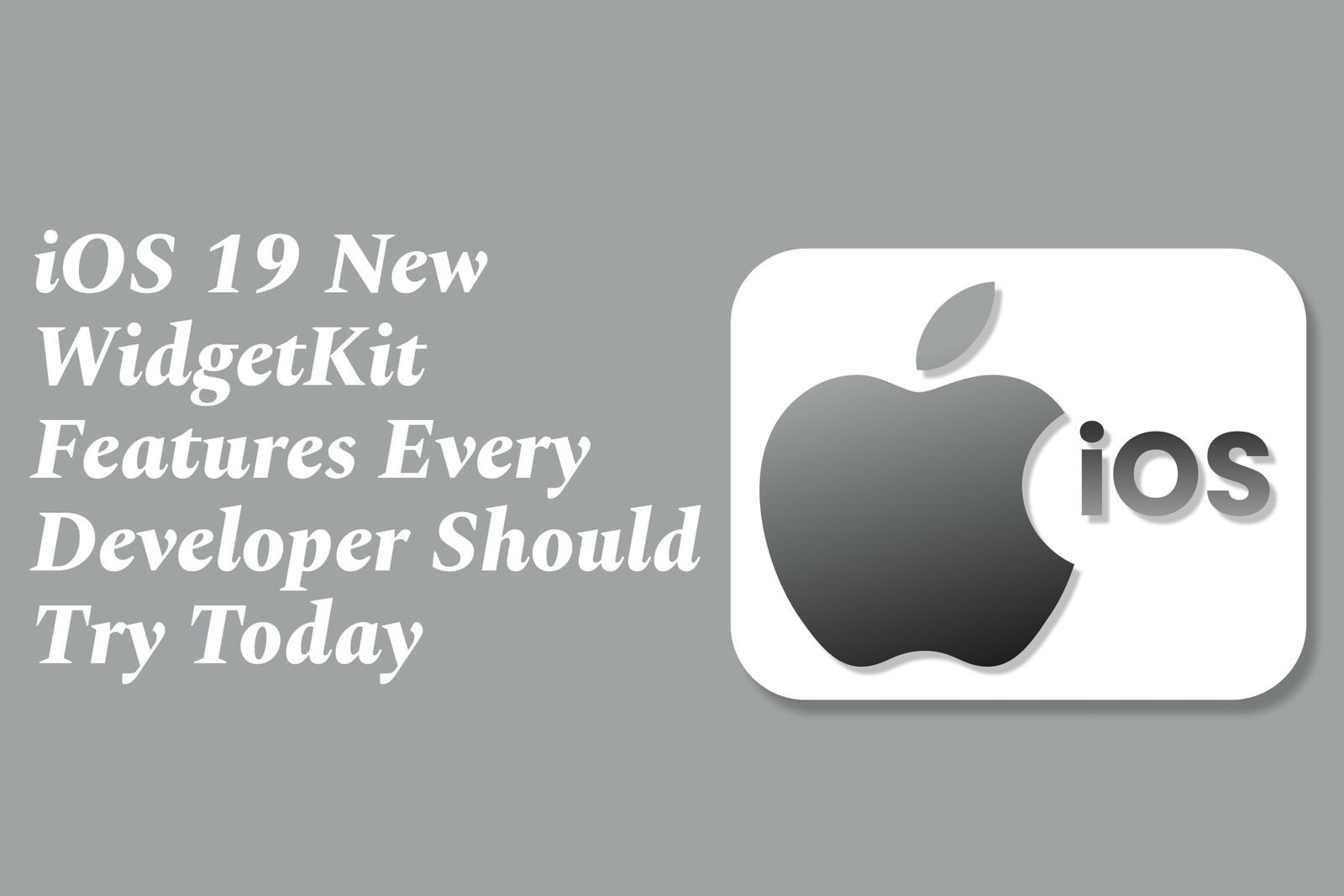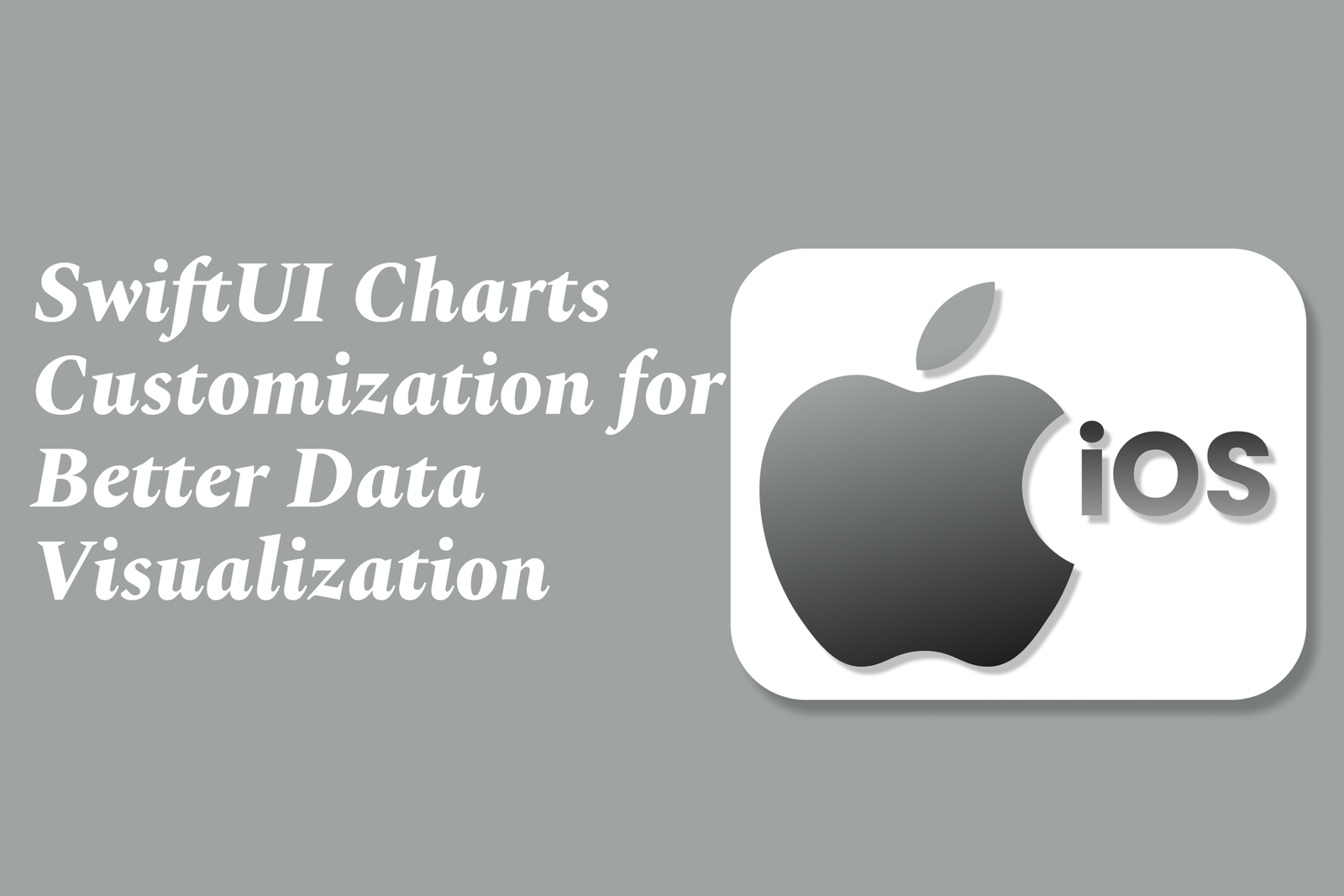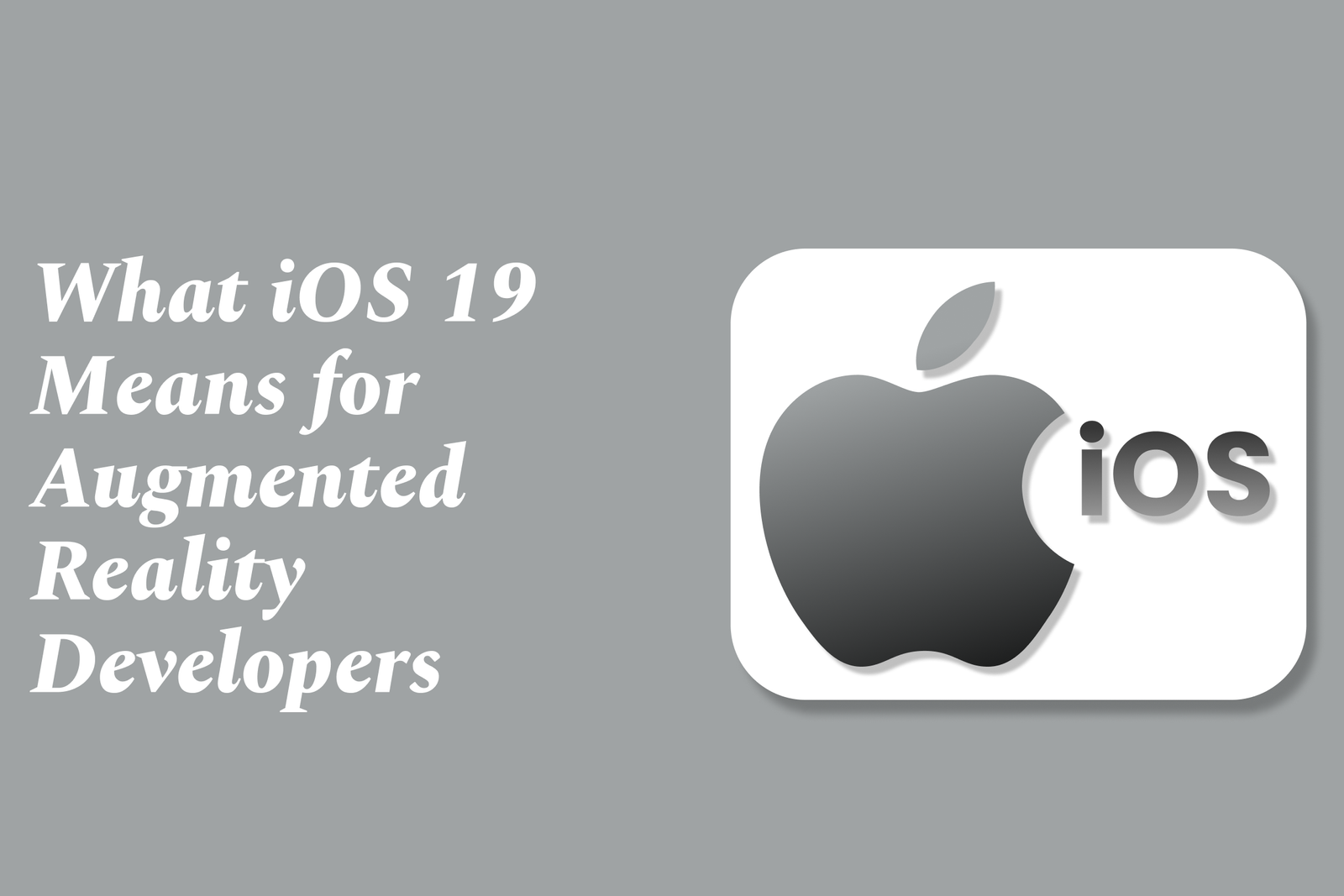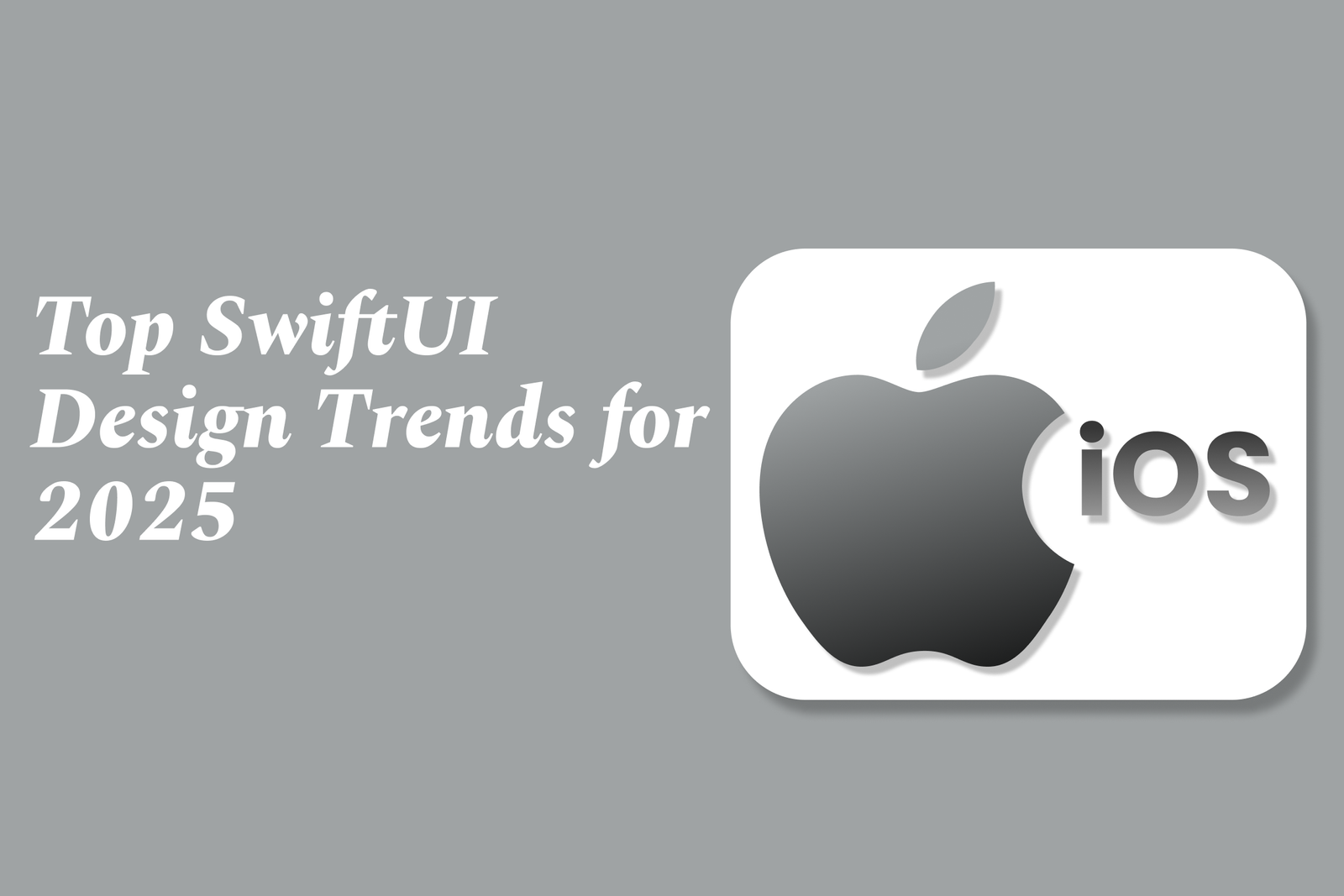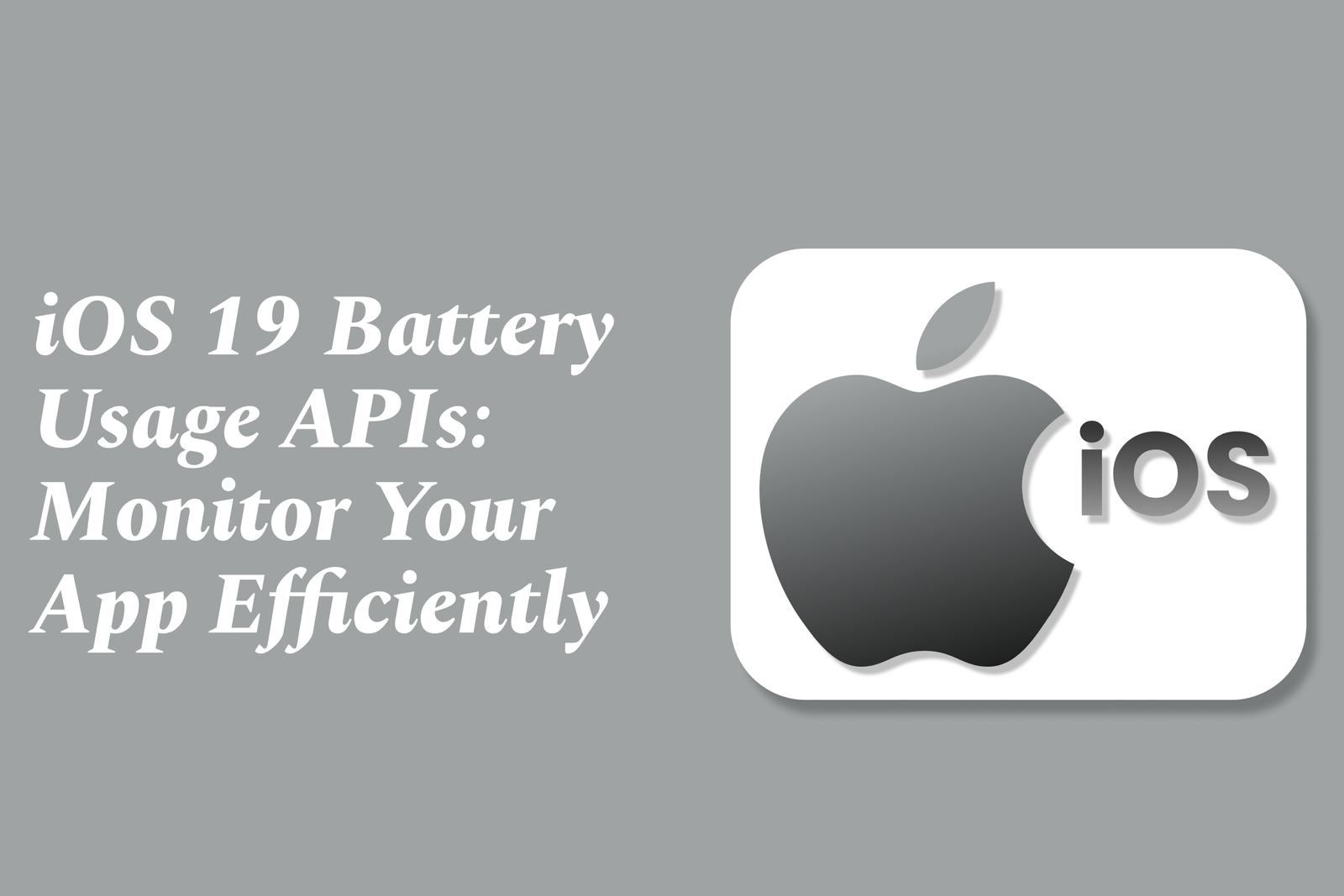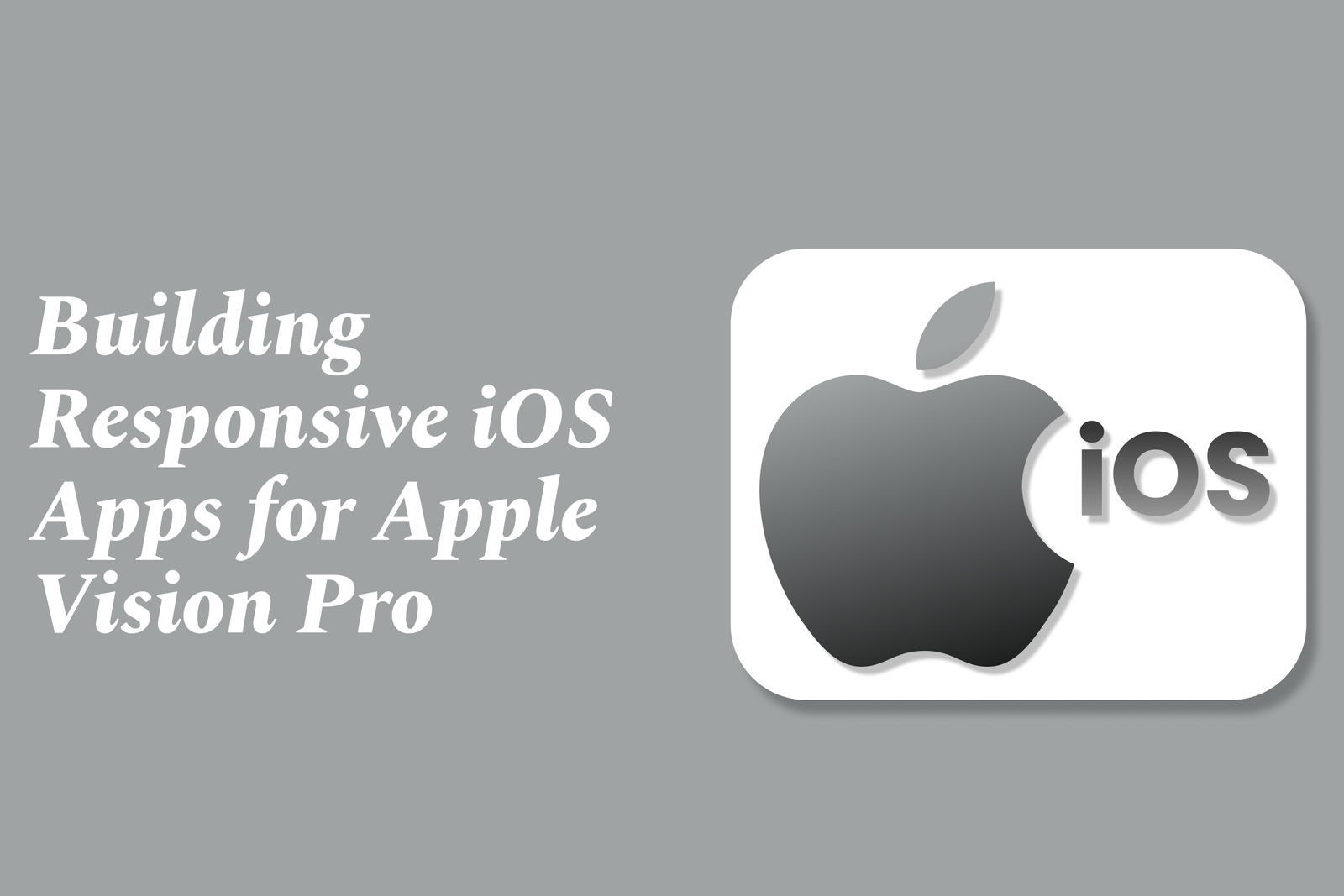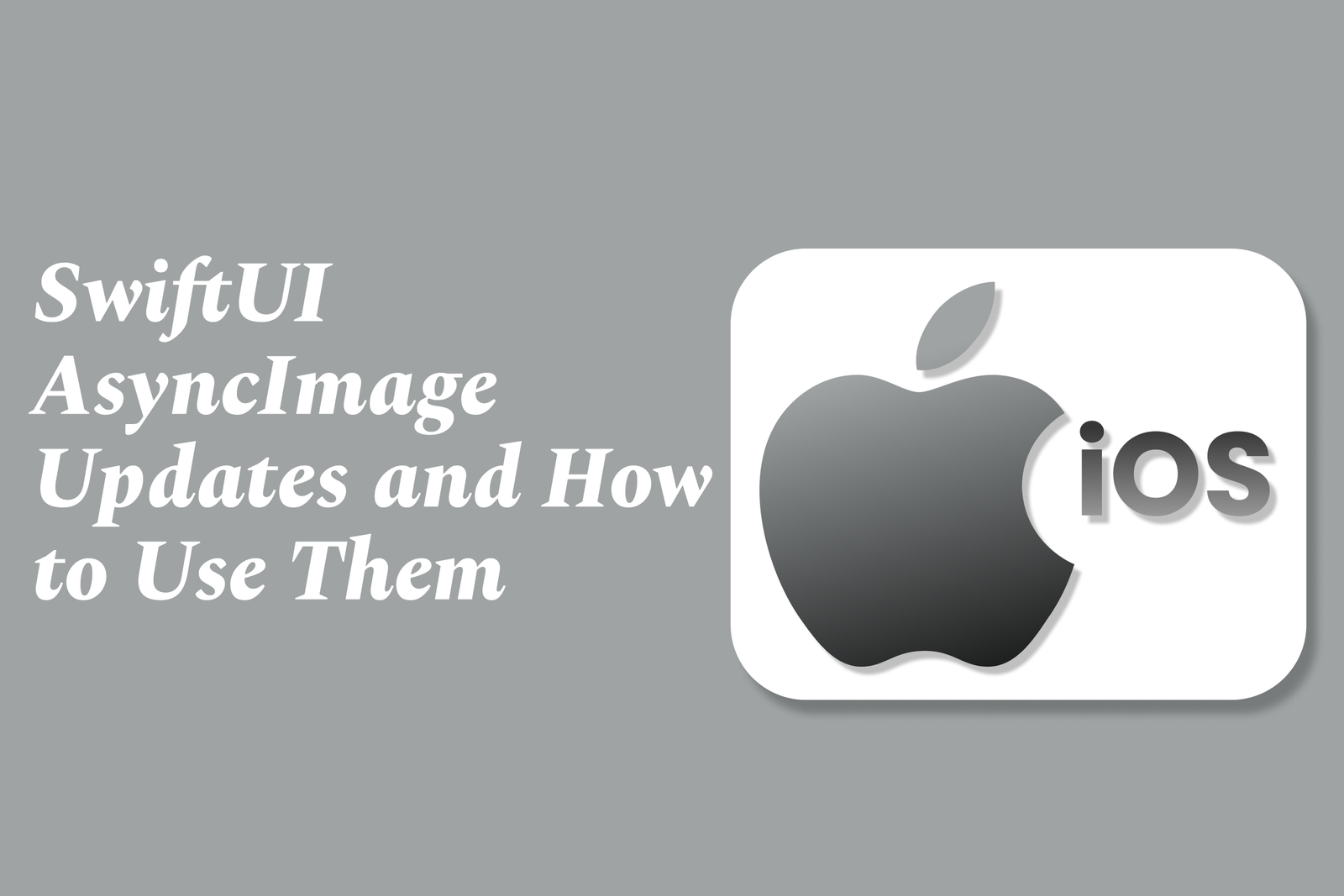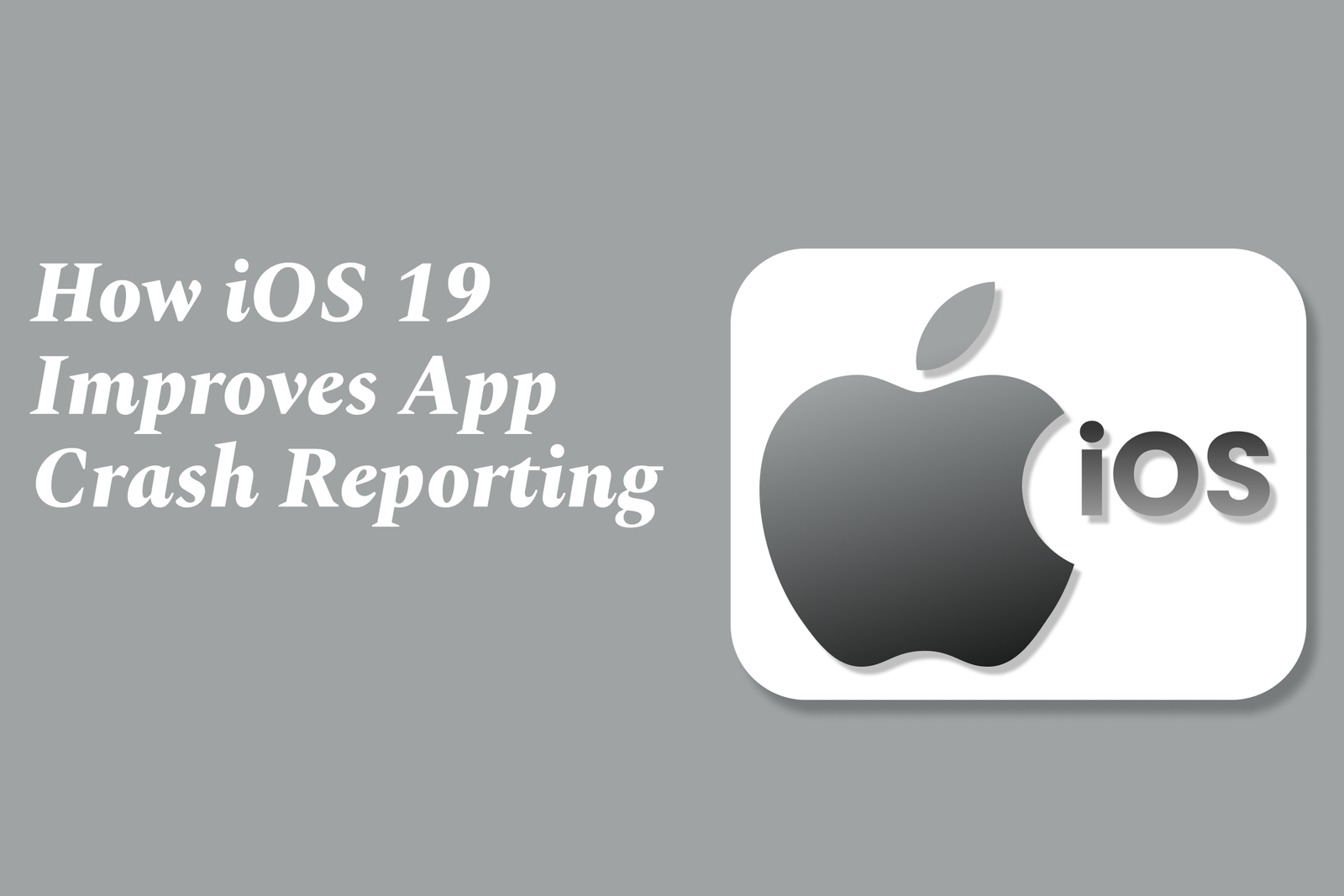iOS 19 dark mode improvements and design tips
iOS 19 enhances Dark Mode with deeper blacks, smoother visuals, and improved system consistency. Designers should focus on balanced contrast, readable typography, subtle colors, and seamless Light/Dark transitions to create comfortable, accessible, and visually appealing dark-themed interfaces.
iOS 19 Dark Mode Improvements and Design Tips
1 ) Enhanced Dark Mode Experience in iOS 19
iOS 19 brings notable improvements to Dark Mode, offering smoother visuals and deeper blacks for a more immersive experience.
Dark Mode is emphasized as more visually pleasing compared to Light Mode, enhancing usability in low light environments.
Apple continues to optimize system wide dark themes for consistency and eye comfort.
2 ) Design Considerations for Dark Mode
Designers are encouraged to rethink color palettes using darker backgrounds with carefully chosen accents that maintain contrast without harsh brightness.
Use of subtle gradients and shadows helps maintain depth and hierarchy in darker interfaces.
Avoid pure black backgrounds; instead, use shades of dark gray for a softer and less straining visual effect.
3 ) Typography and Readability
Choose fonts and text styles that stand out clearly against dark backgrounds to ensure legibility.
Maintain appropriate contrast ratios especially for smaller text to improve readability without causing eye strain.
Use font weights and sizes strategically to create visual hierarchy and guide user attention.
4 ) Visual Hierarchy and Negative Space
Utilize scale, color, and spacing effectively to emphasize key elements in Dark Mode UI designs.
Incorporate generous negative (white) space, which helps readability and differentiates content blocks by providing necessary breathing room.
5 ) Iconography and UI Elements
Icons and buttons should adapt subtly in shape or hue to be clearly visible in Dark Mode while preserving aesthetic balance.
Avoid overly bright or saturated icon colors; choose muted tones that complement the overall dark theme.
6 ) Consistency Across User Interfaces
Ensure seamless transition and consistency between Light and Dark Modes, so users experience familiar layouts and navigational cues.
Test designs extensively in both modes to avoid issues such as invisible elements or inadequate contrast.
7 ) Tips for Developers and App Designers
Leverage system APIs provided by Apple to detect and respond to user's Dark Mode preferences dynamically.
Use semantic colors and adaptable assets that automatically adjust to Light or Dark Mode appearances.
Prioritize comfort and accessibility in design, recognizing that Dark Mode serves not only aesthetics but functional user needs.
Summary
iOS 19 advances Dark Mode with refined visuals and enhanced user comfort. Designers and developers should embrace thoughtful color choices, typography, iconography, and spacing to create harmonious, readable, and visually appealing dark interfaces. Consistency, accessibility, and careful testing remain fundamental to crafting a superior Dark Mode experience.
https://justacademy.in/news-detail/remote-flutter-jobs-in-india-2025
https://justacademy.in/news-detail/flutterflow-and-low-code-revolution-in-2025
https://justacademy.in/news-detail/react-native?s-new-gesture-apis:-what-you-can-build-now
https://justacademy.in/news-detail/ios-19-widget-enhancements-you-can?t-ignore
https://justacademy.in/news-detail/why-learn-ios-development-in-2025?
Related Posts
iOS 19 enhances HealthKit by supporting standardized medical data sharing (CDA/CCD), empowering users with better control over health records. It also boosts fitness app integration, enabling seamless tracking of workouts like strength training for a holistic health experience.
iOS 19’s new MapKit features empower location apps with enhanced SwiftUI integration, customizable markers, flexible camera controls, and improved user location tracking, enabling developers to create interactive, visually rich, and privacy-conscious map experiences effortlessly.
iOS 19 enhances augmented reality development by offering deeper access to device sensors and cameras, enabling richer WebAR experiences without app downloads. This boosts accessibility, performance, and interactivity, empowering developers to create more immersive, widely accessible AR applications.
SwiftUI Charts customization enhances data visualization by allowing developers to tailor chart types, axes, colors, and markers for clearer, more engaging displays. This flexibility transforms raw data into intuitive, accessible insights directly within SwiftUI apps.
Swift Playgrounds offers new interactive lessons for iOS developers, making it easier to learn Swift and SwiftUI through hands-on coding challenges. It enables users to build, test, and even publish real apps directly from iPad or Mac, bridging learning with practical development.
Top SwiftUI design trends for 2025 focus on immersive 3D elements, AI-driven adaptive interfaces, glassmorphism, seamless cross-platform consistency, enhanced animations, and minimalistic, accessible layouts, creating dynamic, personalized, and visually engaging user experiences.
iOS 19 introduces advanced Battery Usage APIs that help developers monitor and optimize their app’s energy consumption efficiently. These APIs provide detailed insights and tools to reduce battery drain, ensuring apps run smoothly while preserving device battery life.
Building responsive iOS apps for Apple Vision Pro involves adapting your apps to visionOS’s spatial computing environment, ensuring seamless, intuitive interactions across devices by leveraging new UI frameworks and testing beta versions with tools like TestFlight for optimal performance.
SwiftUI’s AsyncImage simplifies loading remote images asynchronously, offering built-in support for placeholders, error handling, and scaling. Its recent updates enhance customization and state management, enabling smoother UI updates and better control over image loading and display.
iOS 19 enhances app crash reporting by improving symbolication through automated upload and management of debug symbols, including third-party frameworks, enabling more detailed and readable crash reports for faster, accurate issue diagnosis and resolution.
